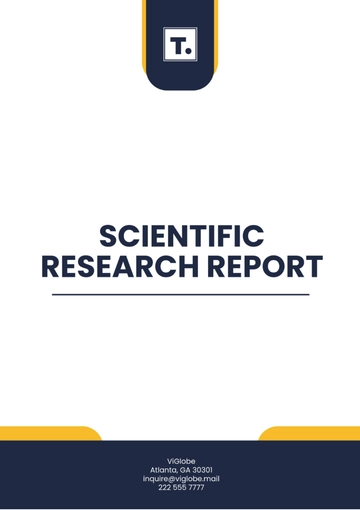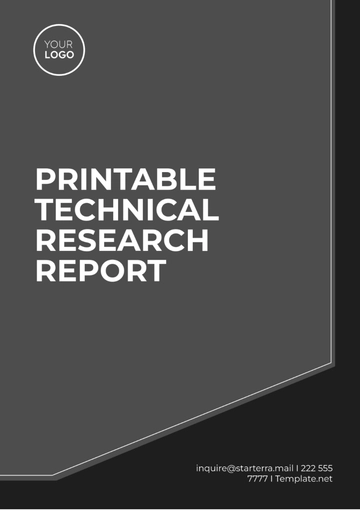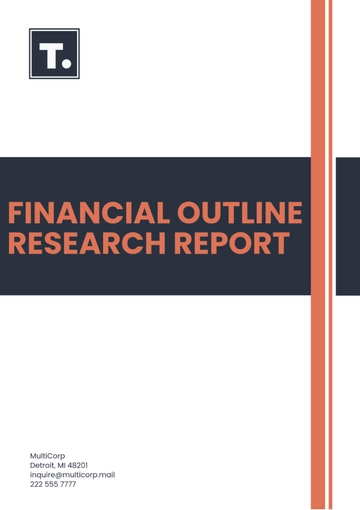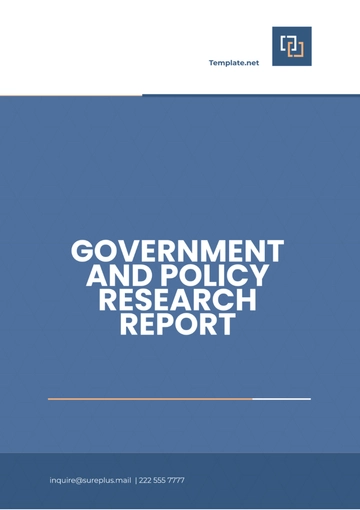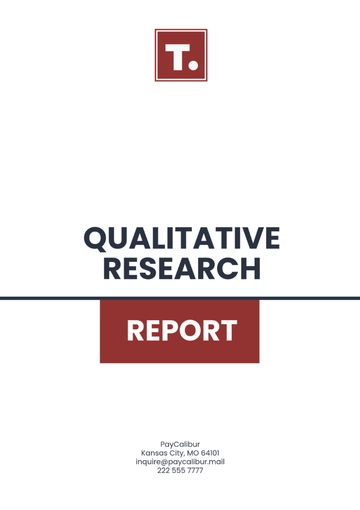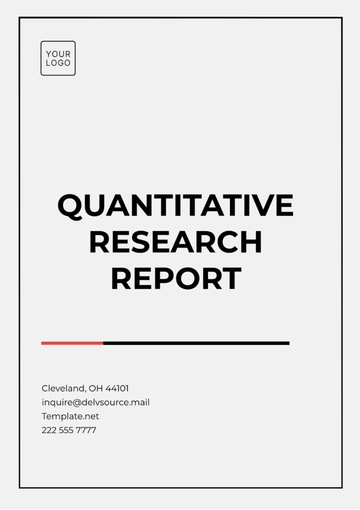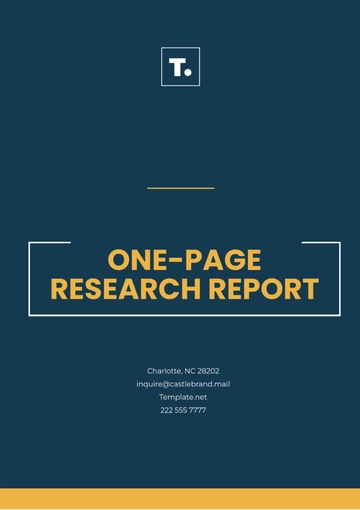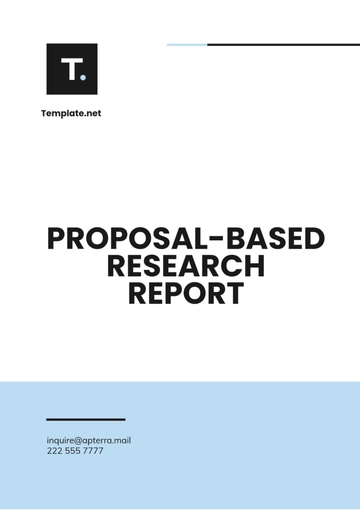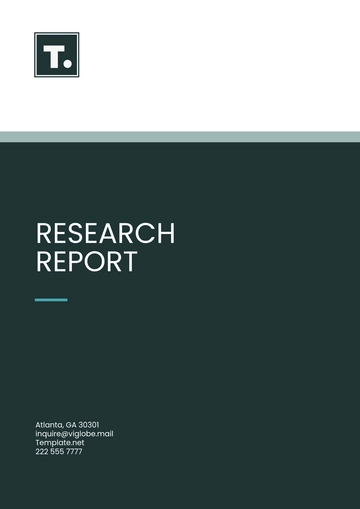Free Legal Intellectual Property Law Research Report
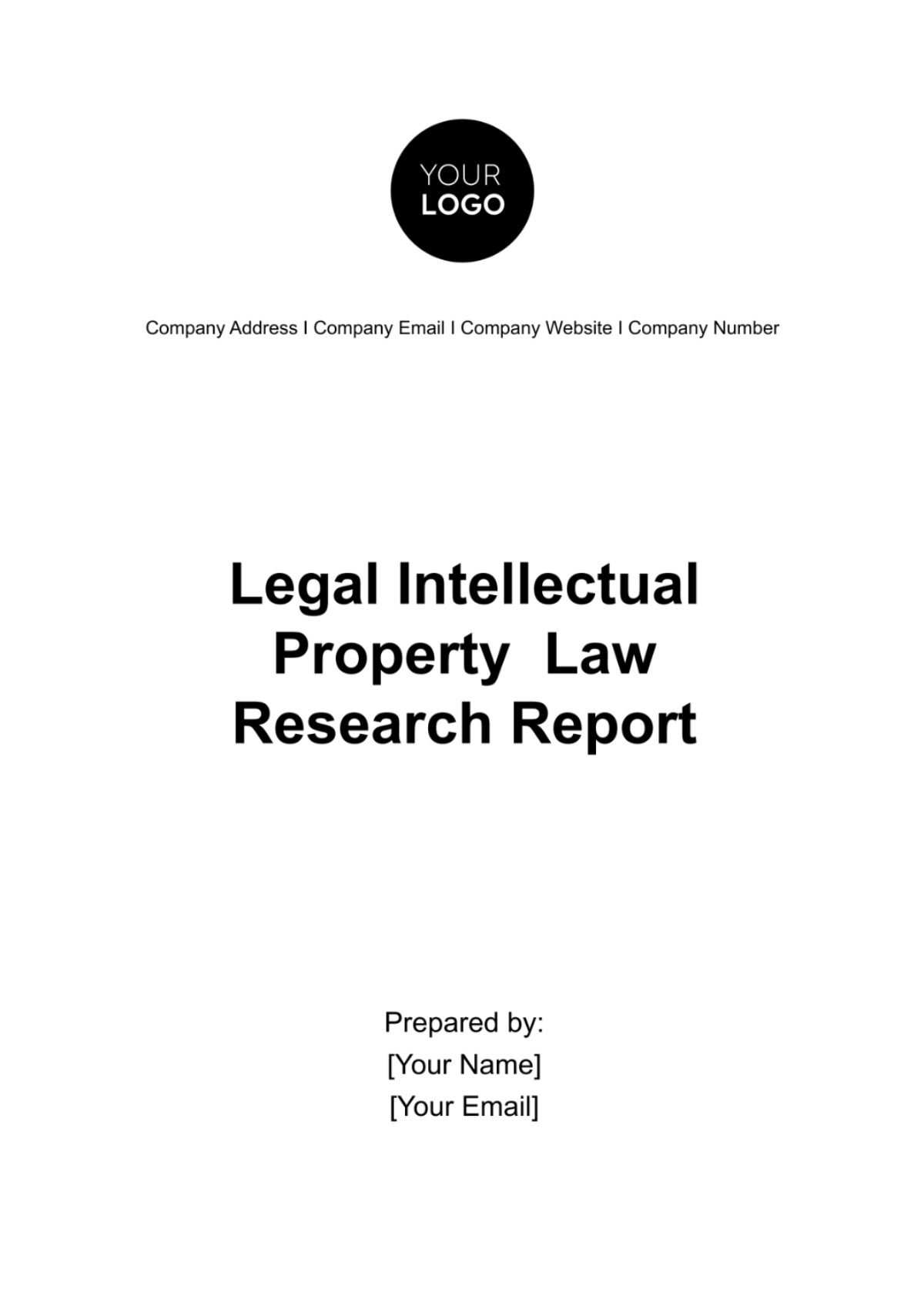
A. Executive Summary
This report delivers an in-depth analysis of the intricate legal landscape of intellectual property (IP) rights, offering a panoramic view of the current state and the evolving dynamics within the domain of patents, copyrights, trademarks, and trade secrets. By dissecting the multifaceted aspects of IP law, including recent changes and their broader implications, it aims to furnish stakeholders with a nuanced understanding of the challenges and opportunities that lie ahead in managing and protecting IP assets.
Furthermore, the document synthesizes critical insights and forward-looking strategies, designed to guide companies, policymakers, and legal professionals through the complexities of IP legislation and enforcement. It underscores the importance of proactive IP management and the strategic evaluation of legal frameworks to navigate the shifting contours of global IP standards. Through its comprehensive analytics and actionable recommendations, the report endeavors to empower its audience with the knowledge to leverage IP rights effectively, fostering innovation and securing competitive advantage in an increasingly knowledge-driven economy.
B. Introduction
This research report analyses the legal landscape in the context of IP law. Key terms and concepts used throughout the report are defined under this section to help readers understand critical aspects of IP law.
The scope of the report covers an assortment of intellectual property rights, including patents, copyrights, trademarks, and trade secrets. The objective is to guide organizations, policymakers, and legal professionals in their decision-making process about these matters.
C. Background and Context
With the rapid growth of technological advancements, the significance of IP rights has increased manifold. This section traces the historical developments of IP rights and outlines the current state of the global IP framework.
It also incorporates a commentary on the economic, technological, and cultural factors that shape IP laws.
D. Legislation Overview
This section offers a structured breakdown of significant IP laws and regulations relevant to the jurisdiction of the United States. It explores both domestic and international laws that affect IP rights and enforcement.
Law/Regulation | Description |
|---|---|
Patents Act | Provides exclusive rights to inventors for their inventions |
Copyright Acts | Protects original works of authorship |
Trademark Acts | Protects brand logos and names |
Trade Secrets Act | Protects confidential business information |
Berne Convention | International law protecting literary and artistic works |
E. Case Law Analysis
Relevant court cases play a significant role in shaping the interpretation and application of IP law. This section outlines some precedent-setting cases that have influenced the enforcement of IP rights.
Apple Inc vs. Samsung Electronics: A patent dispute involving design elements
Starbucks Corporation v. Wolfe’s Borough Coffee, Inc: A dispute over trademark infringement
Matrix Essentials v. Emporium Drug Mart: A notable case in trade secret law
A&M Records, Inc. v. Napster, Inc: A landmark case in digital copyright issues
Graham vs. John Deere Co: A Patent case that established the obviousness test
F. Comparative Analysis
The Comparative Analysis section endeavors to shed light on the global landscape of intellectual property law by juxtaposing the IP regulations of the USA, EU, China, India, and Japan. Through this comparative lens, readers will gain insights into the diverse approaches and commonalities shaping IP law worldwide, enhancing their strategic planning and international compliance efforts.
Feature | USA | EU | China | India | Japan |
|---|---|---|---|---|---|
Patent Protection | 20 years | 20 years | 20 years | 20 years | 20 years |
Copyright Duration | Life + 70y | Life + 70y | Life + 50y | Life + 60y | Life + 50y |
Trademark Registration | 10 years, renewable | 10 years, renewable | 10 years, renewable | 10 years, renewable | 10 years, renewable |
Patent Protection: All countries offer a standard term of 20 years of patent protection from the filing date.
Copyright Duration: The USA and EU provide copyright protection lasting the life of the author plus 70 years, whereas China and Japan offer life plus 50 years, and India offers life plus 60 years.
Trademark Registration: In all five regions, trademarks can be registered for 10 years and can be renewed indefinitely.
G. Current Issues and Challenges
The landscape of intellectual property law is continually evolving, presenting new challenges that demand attention from policymakers, legal professionals, and businesses alike. This section delves into three pressing issues: digital copyright concerns, the proliferation of patent trolls, and the impact of artificial intelligence (AI) on patents and copyrights. These topics highlight the complexities and emerging obstacles within IP law, underscoring the need for informed debate and thoughtful reform in response to the rapid advancements in technology and changing global economy.
Digital Copyright Issues: The digital era has amplified challenges related to copyright enforcement and fair use, with unauthorized sharing and distribution of copyrighted works becoming increasingly prevalent. The tension between protecting creators' rights and promoting access to information requires innovative legal solutions.
Patent Trolls: Also known as non-practicing entities (NPEs), patent trolls acquire patents not to develop products but to sue companies for infringement. This practice can stifle innovation and burden legitimate businesses with costly litigation, pressing the need for patent reform.
AI and Intellectual Property: The rise of AI raises complex questions about copyright and patent eligibility, especially concerning works created by AI without human intervention. Determining ownership, authorship, and the scope of protection for AI-generated creations poses a significant challenge for existing IP frameworks.
H. Impact Assessment
Intellectual Property (IP) laws play a pivotal role in shaping the innovation landscape, fostering competition, influencing market dynamics, and contributing to cultural development. By establishing a legal framework that protects and incentivizes the creation of new ideas and artistic expressions, IP laws directly impact economic growth and societal progress. This section employs real-world scenarios and statistical analysis to explore the multifaceted effects of IP laws.
Innovation and Economic Growth: IP laws encourage innovation by granting inventors and creators exclusive rights to their inventions and works. This protection ensures that they can monetize their creations, leading to increased investment in research and development. Statistical analyses often show a positive correlation between strong IP protections and higher rates of innovation within economies.
Competition and Market Dynamics: By protecting new inventions and creative works, IP laws also influence the competitive landscape. They enable startups and small businesses to compete with larger entities by securing their unique products and services. However, the balance between protecting IP rights and preventing monopolistic practices is crucial to ensure a healthy, competitive market conducive to continuous innovation and consumer choice.
I. Recommendations and Strategies
Navigating the complex landscape of intellectual property (IP) law requires a strategic approach tailored to the needs of various stakeholders, including businesses, legal practitioners, and policymakers. This section outlines actionable strategies and recommendations to protect IP assets, advocate for legal reforms, and optimize the strategic management of IP rights, ensuring stakeholders can effectively leverage IP for growth, innovation, and competitive advantage.
Protecting IP Assets: Stakeholders should prioritize establishing a comprehensive IP protection strategy that includes conducting regular IP audits, securing patents, copyrights, trademarks, and trade secrets early, and enforcing these rights through vigilant monitoring and legal action when necessary.
Lobbying for Legal Reforms: To address evolving challenges in the IP landscape, stakeholders should actively engage in policy discussions and lobby for reforms that reflect the realities of technological advancement and global commerce. This includes advocating for laws that balance copyright protection with fair use, combat patent trolling, and address the unique challenges posed by AI.
Strategic Management of IP Rights: Developing a strategic approach to IP management involves leveraging IP assets to foster innovation, strategic partnerships, and market entry. This includes licensing agreements, IP portfolio optimization, and navigating international IP protection for global market expansion.
Education and Awareness: Stakeholders should invest in education and awareness programs to ensure that employees, partners, and the broader community understand the importance of IP rights and the implications of infringement. This proactive approach can mitigate risks and foster a culture of respect for intellectual property
J. Conclusion
The dynamic interplay between intellectual property (IP) law and the burgeoning technological landscape underscores the critical importance of IP in fostering innovation, ensuring healthy competition, and driving profitability. This report has endeavored to serve as a comprehensive resource, elucidating the multifaceted aspects of IP law, its current challenges, and the strategic approaches required to navigate its complexities effectively. Through its in-depth analysis and targeted recommendations, stakeholders are equipped with the insights needed to leverage IP law for sustainable growth and innovation.
Moreover, as the realm of IP law continues to evolve in response to technological advancements and global market shifts, there emerges a clear mandate for ongoing research and adaptive strategies. This report not only sheds light on current IP law frameworks and their impact but also highlights areas primed for further exploration and action. In doing so, it invites stakeholders to engage in a continuous dialogue aimed at refining IP protections in a way that balances creators' rights with the broader public interest, thereby shaping a future where innovation and creativity are nurtured and protected.
- 100% Customizable, free editor
- Access 1 Million+ Templates, photo’s & graphics
- Download or share as a template
- Click and replace photos, graphics, text, backgrounds
- Resize, crop, AI write & more
- Access advanced editor
Enhance your legal research with the Legal Intellectual Property Law Research Report Template from Template.net. This editable and customizable template is specifically designed to structure your findings on intellectual property law, providing a clear and concise format for presenting research outcomes. Editable in our Ai Editor Tool, it supports thorough analysis and documentation of legal precedents, statutes, and case law, aiding in the comprehensive understanding and application of IP law within your organization or client cases.
You may also like
- Sales Report
- Daily Report
- Project Report
- Business Report
- Weekly Report
- Incident Report
- Annual Report
- Report Layout
- Report Design
- Progress Report
- Marketing Report
- Company Report
- Monthly Report
- Audit Report
- Status Report
- School Report
- Reports Hr
- Management Report
- Project Status Report
- Handover Report
- Health And Safety Report
- Restaurant Report
- Construction Report
- Research Report
- Evaluation Report
- Investigation Report
- Employee Report
- Advertising Report
- Weekly Status Report
- Project Management Report
- Finance Report
- Service Report
- Technical Report
- Meeting Report
- Quarterly Report
- Inspection Report
- Medical Report
- Test Report
- Summary Report
- Inventory Report
- Valuation Report
- Operations Report
- Payroll Report
- Training Report
- Job Report
- Case Report
- Performance Report
- Board Report
- Internal Audit Report
- Student Report
- Monthly Management Report
- Small Business Report
- Accident Report
- Call Center Report
- Activity Report
- IT and Software Report
- Internship Report
- Visit Report
- Product Report
- Book Report
- Property Report
- Recruitment Report
- University Report
- Event Report
- SEO Report
- Conference Report
- Narrative Report
- Nursing Home Report
- Preschool Report
- Call Report
- Customer Report
- Employee Incident Report
- Accomplishment Report
- Social Media Report
- Work From Home Report
- Security Report
- Damage Report
- Quality Report
- Internal Report
- Nurse Report
- Real Estate Report
- Hotel Report
- Equipment Report
- Credit Report
- Field Report
- Non Profit Report
- Maintenance Report
- News Report
- Survey Report
- Executive Report
- Law Firm Report
- Advertising Agency Report
- Interior Design Report
- Travel Agency Report
- Stock Report
- Salon Report
- Bug Report
- Workplace Report
- Action Report
- Investor Report
- Cleaning Services Report
- Consulting Report
- Freelancer Report
- Site Visit Report
- Trip Report
- Classroom Observation Report
- Vehicle Report
- Final Report
- Software Report



